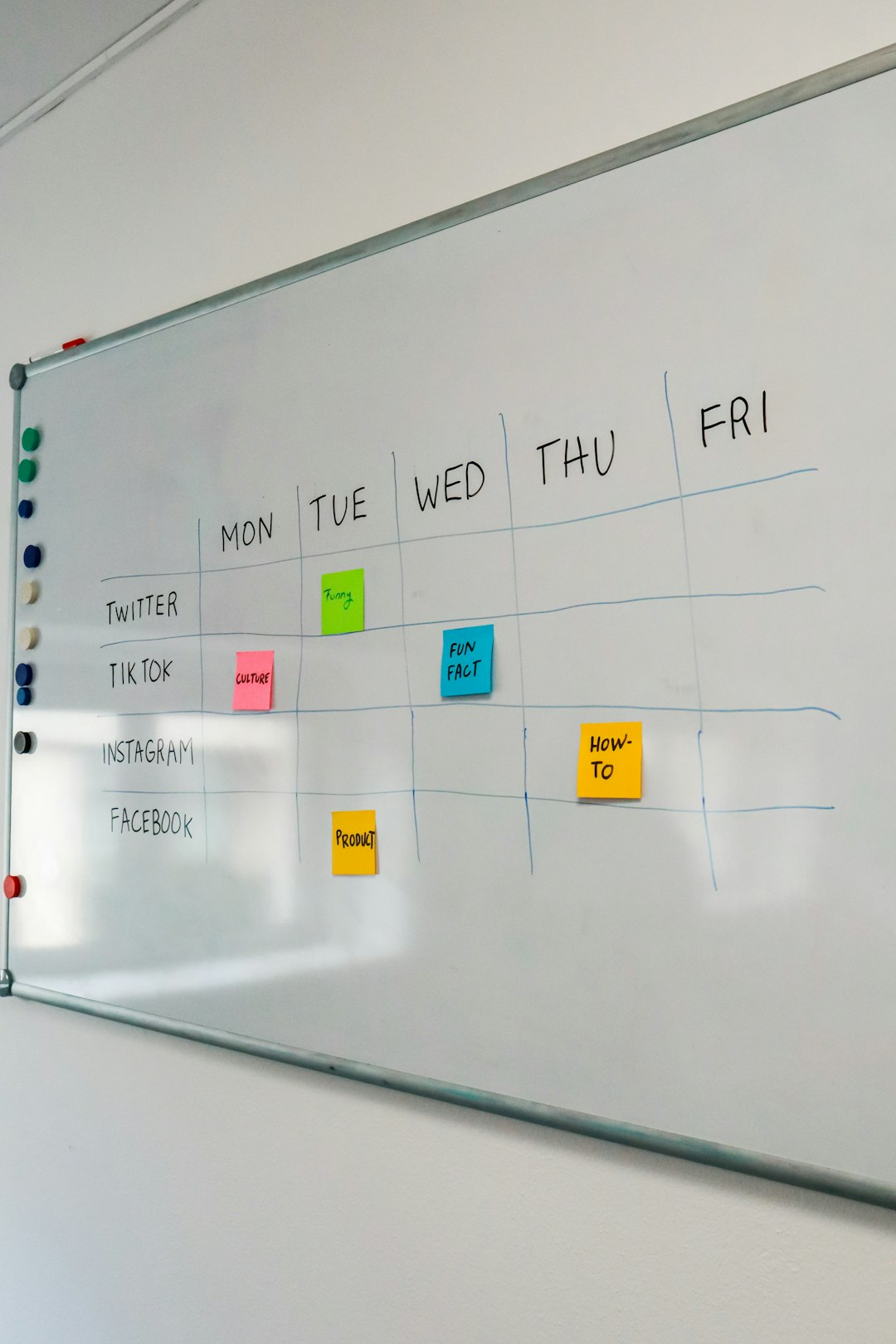In today’s distributed work environments, high-functioning remote teams rely more than ever on clarity, precision, and transparency. The modern workplace, shaped by global talent, asynchronous collaboration, and digital-first tools, demands structures that scale with time zones and workloads. Among the most critical components of these systems are asynchronous documentation (or “async docs”) and decision logs. These mechanisms not only keep remote teams aligned but also provide scalable frameworks for knowledge retention and organizational continuity.
Why Async Collaboration Needs Structure
Async collaboration allows each team member to work on their own schedule without context-switching. However, without proper documentation practices, async can lead to misalignment, duplicated efforts, and broken communication. This is where systems around well-maintained documentation and formal decision tracking come into play.
Proper async documentation and decision logs act as the institutional memory of an organization. They mitigate knowledge silos and empower teams to flourish autonomously. Moreover, they are not merely practical; they are strategic. Remote-first companies that embrace async rigor tend to avoid the entropy that plagues fast-growing or geographically dispersed teams.
What Are Async Docs?
Async docs are written records that capture thoughts, proposals, analyses, or instructions without expecting an immediate synchronous discussion or response. These documents allow stakeholders to process information and respond thoroughly on their own schedules.
Examples include:
- Project briefs
- Technical RFCs (Request for Comments)
- Meeting summaries with action items
- Strategy proposals
With these in place, communication becomes more equitable, thoughtful, and traceable. Everyone has the chance to contribute, ask questions, and propose alternatives, regardless of time zone or calendar availability.
What Makes a Good Async Doc?
For async documentation to truly scale across teams, certain principles must be adhered to:
- Clarity: The writing must be clear and free of jargon where possible. Avoid assumptions and elaborate on context.
- Brevity with Depth: Be concise, but thorough. If needed, use links for deeper dives.
- Purpose & Audience: Clearly define why the document exists and who it is for at the very beginning.
- Zones of Feedback: Encourage interaction by highlighting the portions of the doc you’d like comments on.
- Updates with History: Document updates with timestamps so others understand the evolution of the idea or execution.

Ultimately, good async documentation reduces the need for endless Zoom calls and cluttered Slack channels. It fosters autonomy while promoting transparency.
Decision Logs: Why They Matter
In a physical office, decisions often get made at the watercooler or in back-to-back meetings. In remote teams, that behavior doesn’t translate — nor should it. Logging major decisions makes outcomes durable and traceable.
A decision log is a documented record of what decision was made, when, why, and by whom. It’s the antidote to organizational amnesia and reinventing the wheel.
Benefits of Decision Logs
- Auditability: When questions arise about “why we did X,” the log provides concrete answers.
- Ownership: It clarifies who made the decision and who supported or opposed it.
- Alignment: Future team members can understand the rationale behind key moves without oral lore.
- Strategy Over Time: Helps leadership teams analyze how long-term decisions follow — or deviate from — the original strategy.
Building a Decision-Log Practice
While it’s easy to conceptualize a decision log, sustaining one takes discipline and the right tools. Here’s how to implement a system that scales:
Step 1: Define What Constitutes a Loggable Decision
Not every choice needs archived. Focus on decisions that have long-term implications, wide team impact, financial significance, or strategic shift potential.
Step 2: Standardize the Format
Create a consistent template. Key fields should include:
- Date
- Decision description
- Stakeholders: who made the decision and who was consulted
- Context and rationale
- Implications and next steps
- Links: to relevant docs, threads, data
Step 3: Store It Centrally
Use a single source of truth. Whether it’s Notion, Confluence, or your internal platform, consistency and accessibility matter.
Step 4: Review Regularly
Build reviews of major decisions into monthly ops meetings or quarterly reviews. Analyze patterns, identify missteps, and celebrate effective choices.

Integrated Workflow: Bringing It All Together
For remote teams to run smoothly and sustainably, async docs and decision logs shouldn’t exist in silos. Smart teams design modular knowledge systems where documentation, discussion, decision, and follow-up connect seamlessly.
Here’s how you can align both elements into a workflow that supports scaling:
- Start with an Async Proposal Doc: When a project or strategic shift is proposed, write it down. Circulate the doc, specify areas for comment, and leave room for counter-points.
- Host Async Discussions: Via doc comments or discussion threads. The goal is to surface concerns and improve the proposal, all asynchronously.
- Log the Decision: Once consensus is reached or a decision is made, log it formally. Include a link to the proposal doc and summarize stakeholder consensus levels.
- Track Implementation: Tools like project boards, task tracking, or manual updates inform others that the decision has been actioned.
- Circle Back: Later, evaluate if the decision had the intended effect. Add notes or updates to either the decision log or the original proposal.
Tools that Support Documentation and Logging
Numerous platforms can enable seamless tracking and async scalability. A few reliable options include:
- Confluence: Excellent for structured document hierarchies.
- Notion: Highly flexible, ideal for modular document systems and logs.
- Google Docs: Ubiquitous and easy for doc writing and commenting.
- Linear or Jira: Great for tracking workflow once decisions move into execution.
- Slab or Coda: Newer options that combine notes and structured data for decision archiving.
Challenges in Scaling These Systems
Even with intention, many teams face friction while establishing scalable practices. Common pitfalls include:
- Inconsistency: Without onboarding and norms, documentation quality varies wildly.
- Tool Fragmentation: Using too many platforms can make it hard to trace a decision or find the latest doc.
- Lack of Governance: Without ownership, logs fall out of date or never get written.
- Too Much Detail: Risk of overengineering. Keep it simple where possible.
Effective organizations counteract these issues by giving clear guidance, assigning documentation stewards, and continuously reinforcing the value across teams.
Conclusion: Systems That Preserve Insight and Foster Trust
The foundational structures of scalable remote collaboration don’t lie in the tools themselves, but in the behaviors and processes teams institutionalize around them. Async docs ensure that communication is inclusive and asynchronous by design; decision logs ensure that hindsight is always available without relying on memory or re-meeting fatigue.
In the end, organizations that take async seriously and memorialize their thinking create a resilient culture. They build trust not only among current employees but with future team members who will one day read a decision made years prior — and understand, without asking a single question, why it happened.




